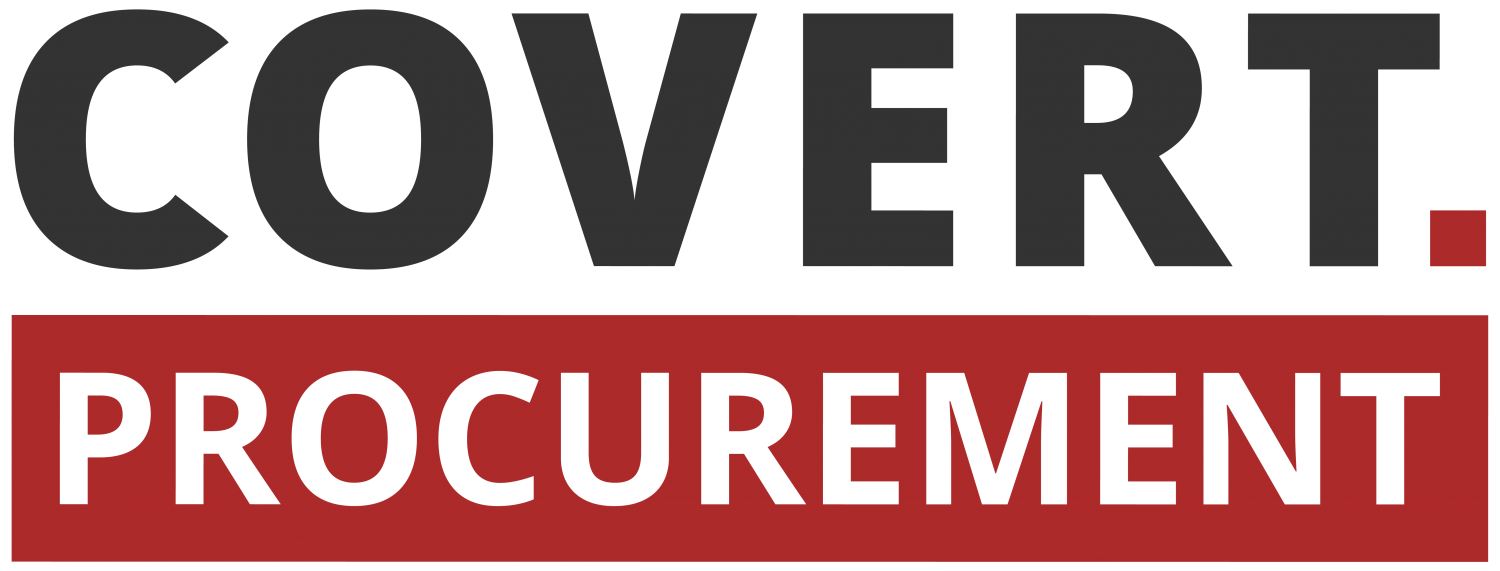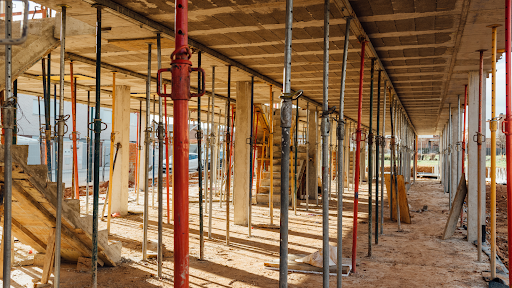What Steps Should You Take to Clean LVL Formwork After Each Use?
- Clean Immediately: Start cleaning your LVL formwork immediately after stripping, while the concrete residue is still soft and easier to remove.
- Scrape Gently: Use a plastic scraper or wooden wedge to gently lift away concrete buildup without scratching the laminated veneer lumber surface.
- Apply Release Agent: Apply a quality release agent before each pour to prevent concrete adhesion and simplify cleanup.
- Avoid Harsh Tools: Refrain from using wire brushes, metal scrapers, or high-pressure washers, as these can damage the timber’s protective layers and compromise its structural integrity.
- Use Mild Detergent for Stubborn Residue: For stubborn residue, use a mild detergent solution with a soft-bristle brush, working in gentle circular motions.
- Rinse Thoroughly: Rinse thoroughly with clean water.
- Air Dry Properly: Allow the LVL formwork timber to air dry thoroughly in a shaded area.
This gentle approach preserves the lamination bonds and extends the reuse potential of your formwork plywood, protecting your investment in quality LVL beam materials.
How Can You Inspect LVL Formwork for Damage or Wear Before Storage?
Practical LVL formwork inspection begins immediately after cleaning, when the surface conditions and structural issues are clearly visible. A systematic visual examination catches problems before they compromise your next pour.
What to Check for in Your Inspection
Check every panel for the following:
- Rust spots on metal components
- Dents that could affect the concrete finish quality
- Deformities indicating stress damage
Run your hands along the edges to detect splinters or rough patches that signal wear and tear.
Identifying Critical Failure Points
Delamination appears as bubbling, peeling, or separation between veneer layers—a critical failure point requiring immediate attention. Press gently on suspect areas; soft spots or springiness indicate moisture penetration and swelling that weakens structural integrity checks.
Assessing Damage Beyond Surface Level
Qualified personnel should assess any damage beyond superficial scratches. They determine whether repairs restore functionality or if replacement becomes necessary. This professional evaluation safeguards your investment when you purchase LVL timber, ensuring only serviceable formwork is returned to inventory for future jobs.
What Is the Best Way to Store LVL Formwork to Prevent Warping or Moisture Damage?
Store LVL formwork horizontally on flat, level surfaces with support beams positioned every 600-900mm to distribute weight evenly and prevent sagging. This method of lvl formwork storage maintains the structural integrity of laminated veneer lumber panels between construction phases.
Elevate panels on pallets or raised platforms at least 150mm above ground level. Direct ground contact exposes timber to moisture absorption, soil contaminants, and pest activity. Raised storage creates natural air circulation underneath panels, accelerating moisture evaporation and preventing rot.
Cover stored formwork with breathable tarps or heavy-duty plastic sheeting secured at edges. Protection from rain, direct sunlight, and temperature extremes prevents UV degradation and thermal expansion. Leave ventilation gaps along the bottom edge to allow air movement while maintaining moisture protection for timber formwork.
Select storage locations with adequate roof coverage and cross-ventilation. Enclosed spaces without airflow trap humidity, creating conditions for mould growth and delamination. Warping prevention requires consistent environmental conditions rather than exposure to alternating wet and dry cycles.
How Does Proper Maintenance Extend the Lifespan of LVL Formwork?
Consistent maintenance routines directly reduce replacement frequency and repair costs for formwork LVL, with well-maintained panels lasting three to five times longer than those that are neglected. Regular cleaning prevents concrete residue from degrading the laminated veneer lumber surface, while scheduled inspections catch minor issues before they escalate into costly failures.
Applying weatherproofing agents and rust inhibitors to metal components creates a protective barrier against moisture penetration and corrosion. These coatings prevent swelling and delamination that compromise the durability of level formwork, particularly in humid Australian climates or coastal construction sites.
The benefits of formwork maintenance extend beyond material longevity to operational efficiency. Stable, well-maintained formwork ensures accurate concrete placement, reduces pour delays, and minimises safety hazards from structural failures. Projects using properly maintained lvl construction materials report fewer on-site accidents and smoother workflow transitions between concrete pours, translating to measurable cost savings in construction timelines and labour allocation.
Common Mistakes to Avoid When Handling or Stacking LVL Formwork
When handling or stacking LVL (Laminated Veneer Lumber) formwork, several common mistakes can lead to damage and compromise its structural integrity. Here are some key mistakes to avoid:
1. Rough Handling During Transport
Rough handling during transport can create surface damage and compromise the structural integrity of LVL formwork. This can occur through cracks or delamination, which significantly reduces its reuse potential.
- Tip: Always handle LVL formwork with care during transport to prevent any rough handling that may cause damage.
2. Dragging Panels Across Rough Surfaces
Dragging panels across rough surfaces is another standard error in handling LVL timber formwork. This action can lead to scratches, dents, or other forms of surface damage, making the panels less durable and increasing the likelihood of failure.
- Tip: Instead of dragging panels, lift them carefully and place them on smooth surfaces whenever possible.
3. Dropping Panels from Height
Dropping LVL formwork panels from a height is a mistake that can result in severe damage. The impact force can cause cracks or even break the panel, rendering it unusable.
- Tip: Always use proper lifting techniques when moving LVL panels to avoid dropping them from heights.
4. Stripping Formwork Too Early
Stripping formwork too early—before concrete reaches adequate strength—can lead to panel damage and concrete defects. It is crucial to allow a minimum curing time of 24-48 hours, depending on conditions and concrete specification, before removing the formwork.
- Tip: Follow recommended curing times for concrete to ensure both the concrete and LVL formwork remain intact.
5. Improper Stacking Techniques
Improper stacking methods can cause warping due to uneven weight distribution on LVL formwork panels. To maintain flatness, stack panels horizontally on level surfaces with spacers every 600mm between them.
- Tip: Avoid leaning panels vertically against walls or stacking them above 2 metres without proper support to prevent deformation.
By being aware of these common mistakes and taking proactive measures to avoid them, you can ensure the longevity and effectiveness of your LVL formwork.

